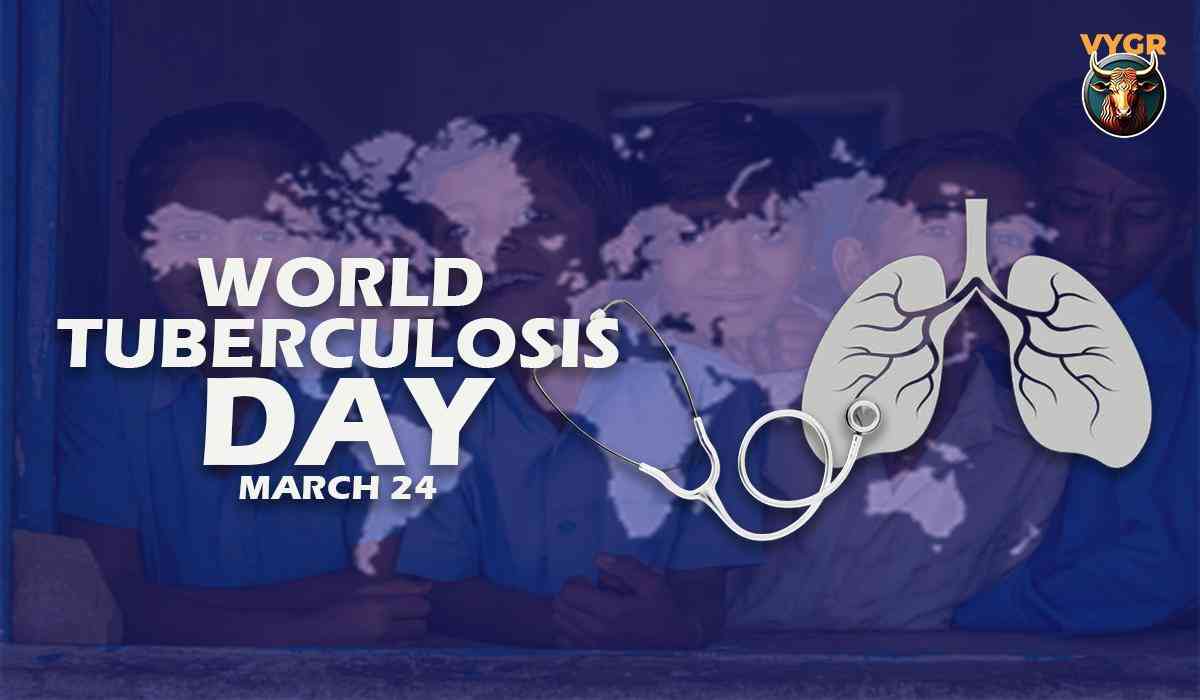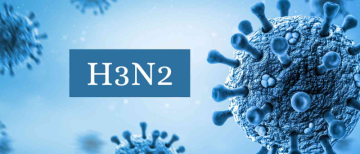“Together as ‘we’ achieve more”
“Yes! We can end TB!”, the theme of this year’s TB Day, resonates with this. Every year, on March 24, World Tuberculosis (TB) Day serves as a global reminder of the ongoing battle against this preventable and treatable disease, a warning call to take firm action and intensify global efforts towards eradicating TB by 2030. This year’s theme gives us a ‘year of hope’ to get full support, attention, and energy for a collective ‘YES! We can End TB’.
TB: Major Threat? History and more.
World TB Day is observed on the day when the TB bacillus, Mycobacterium tuberculosis, was first identified by Professor Robert Koch in 1882 as the microbiological cause of tuberculosis. Since then, significant progress has been made in the diagnosis, treatment, and prevention of tuberculosis (TB) due to focused efforts.
_1711274313.png)
Tuberculosis is caused by The bacterium Mycobacterium tuberculosis. Approximately two billion people worldwide have latent M. tuberculosis infections, with a 5–10% lifetime risk of developing into active illness. In 2022, 10.6 million people, including 1.3 million children, developed active tuberculosis (TB), and the disease was responsible for 1.3 million fatalities, according to the World Health Organization.
Although tuberculosis primarily affects the lungs, it can also impact other organs. When individuals with pulmonary TB cough, sneeze, or spit, TB bacteria are dispersed through the air and respiratory droplets, making close contact transmission possible with just a few mycobacteria inhalations. Individuals with compromised immune systems, such as those living with HIV, malnutrition, diabetes, or undergoing certain therapies, are at higher risk of developing TB disease.
Despite the availability of effective therapies for more than 60 years, tuberculosis (TB) continues to be a top cause of death worldwide, and the threat posed by drug-resistant forms is growing, accounting for approximately 3,500 deaths each day and an expected 3.1 million unreported cases by 2022. Tragically, the majority of tuberculosis-related deaths occur in low- and middle-income countries, where the disease still poses a significant burden.
Global Targets and Strategies:
Even while TB control efforts have saved an estimated 75 million lives since 2000, the COVID-19 epidemic, regional conflicts in Europe, Africa, and the Middle East, and unstable socioeconomic situations have hampered progress. Years of progress in tuberculosis control efforts have been undone by these causes.
The poorest and most disadvantaged people, who are especially prone to tuberculosis, have been disproportionately affected by the deteriorating global economic situation, which is characterized by an increase in the cost of living and decreased funding for national health programs. Furthermore, 80% of yearly TB cases occur in low- and middle-income countries, where access to WHO-recommended TB tests and treatment is still a major obstacle.
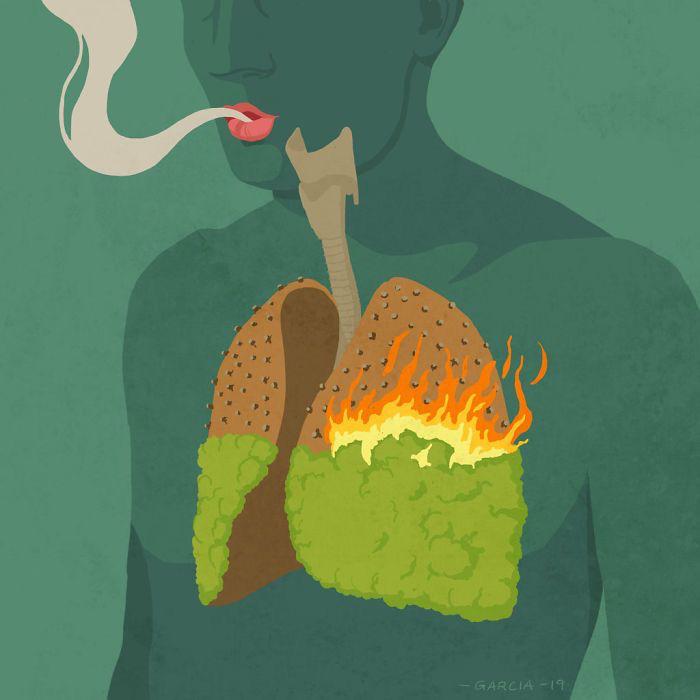
Global health organizations like the WHO and the UN have set aggressive and ambitious targets:
- improving access to prevention and care services,
- mobilizing funds for research and vaccine development,
- promoting community engagement
- reinforcing national-level accountability frameworks
- Raising money for research and vaccine development
- guarantees universal access to high-quality diagnosis and treatment,
- reaching 90% coverage of TB prevention and care services by 2027.
Pre-treatment to post-care: A holistic approach in fighting TB
This includes tailored care for individuals, especially children and adolescents with a history of TB, and involves community involvement, technology investment, and cross-sector collaboration. Tackling social factors like poverty and stigma is vital in lowering TB rates and deaths, especially in hard-hit areas.
The theme for 2024, "Yes! We can end TB!" emphasizes how critical it is to have stronger leadership, more resources, and quick adoption of WHO guidelines. There is an urgent need for nations and partners to bolster high-level leadership and investments, expedite the adoption of new WHO recommendations and innovations, and address social and economic determinants more effectively.

Role of Leadership and Funding:
Accelerating TB elimination efforts requires increased funding and high-level political commitment. Reiterating commitments to eradicate tuberculosis by 2030, the second UN High-Level Meeting on TB in 2023 placed a focus on ongoing support. As part of their national health agendas, nations must give priority to tuberculosis control, guaranteeing sufficient funding and fair access to services. In areas where tuberculosis is endemic, capacity building and resource mobilization require international cooperation. By highlighting the significant returns on investment in tuberculosis control, the Region hopes to fortify leadership, advocacy, and funding to stop millions of new cases and deaths from tuberculosis by 2025.
Innovations in TB Diagnosis and Treatment:
Progress in tuberculosis diagnosis and treatment has the potential to enhance patient outcomes and lower the spread of tuberculosis. The timely initiation of appropriate treatment is facilitated by the rapid and accurate detection of drug-resistant strains of tuberculosis (TB) through the use of molecular-based diagnostic tests. Novel approaches to treatment, such as shorter and more potent medication regimens, present fresh chances to raise treatment adherence and cure rates. Furthermore, the goal of current research and development is to create new TB vaccines that will stop the spread of the disease and prevent TB infection.
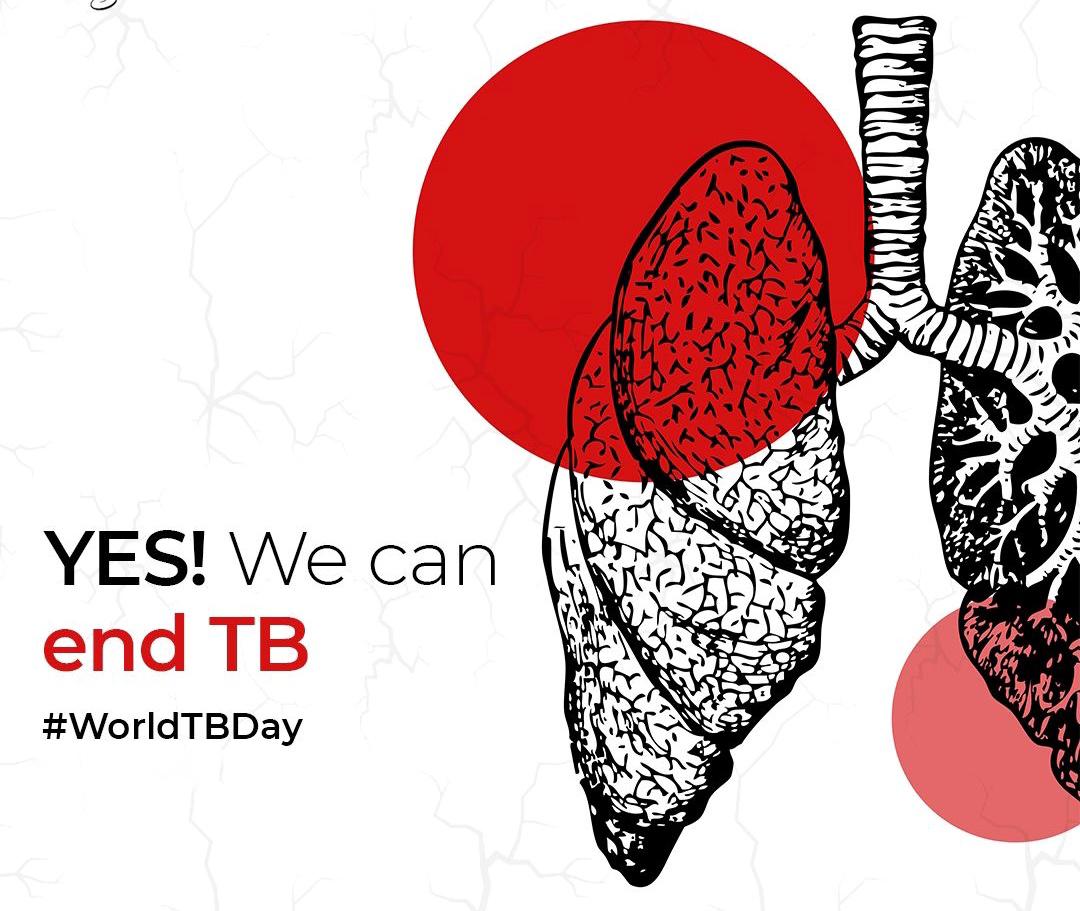
Community Engagement
For TB control initiatives to be successful, affected communities and civil society organizations must be involved. Increasing treatment adherence, dispelling stigma, and educating people about tuberculosis are all crucial to creating environments that are supportive of TB patients. Community-led programs, such as advocacy groups, support groups, and TB awareness campaigns, are essential for elevating the voices of TB patients and influencing policy changes. It is possible to cultivate a culture of TB awareness, compassion, and solidarity by placing a high priority on community empowerment and involvement.
Adoption of new WHO recommendations
Accelerating the process of adoption Throughout the Region, more than 5000 molecular test platforms have already been used to promptly detect drug resistance and tuberculosis. Expanding these kinds of platforms is essential to preventing the disease from spreading further and ensuring prompt diagnosis and treatment. Furthermore, a new WHO-approved treatment regimen that has shown improved cure rates in as little as 6–9 months should be quickly implemented and expanded in all countries.
Address the social and economic determinants
aggressively and suitably address. To address this, systems for assisting TB patients and their families in preventing unmanageable expenses, enhancing nutrition, and encouraging treatment compliance should be put in place or reinforced. The fight against discrimination and stigma must continue, notably through community empowerment and engagement programs that disseminate accurate information and involve impacted communities in all stages of program and policy planning and development as well as monitoring.
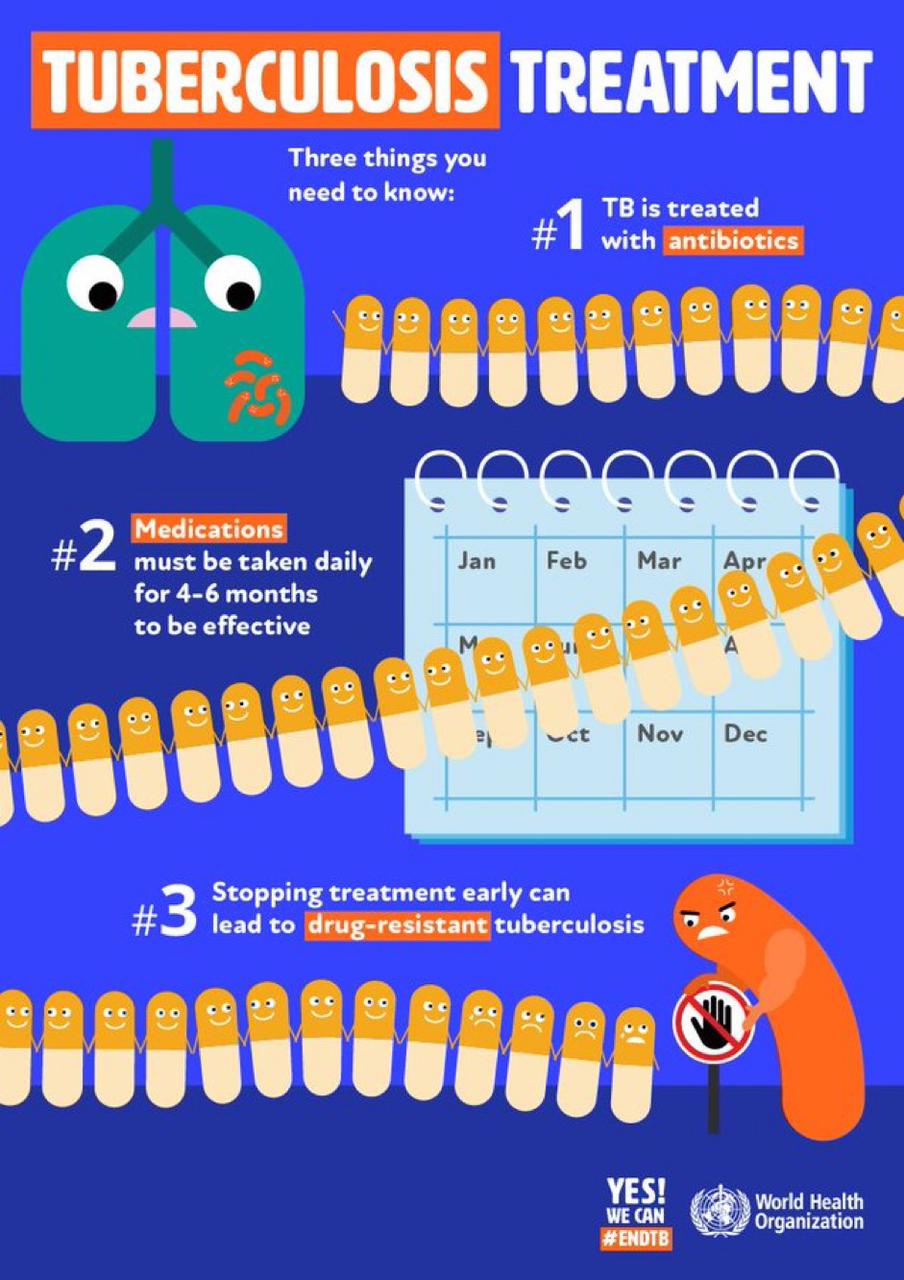
The New Global Target!
The ambitious new global targets for 2023–2027 call for 90% of patients to have access to high-quality diagnosis and treatment, 90% of at-risk individuals to receive TPT, TB patients to have access to social and health benefits, $22 billion to be raised for research, and the development of a new TB vaccine.
Promising candidates for TB vaccines are undergoing phase II and III trials, although no new vaccines have been developed since BCG. In the WHO European Region, where the goal is to eradicate tuberculosis by 2030, screening initiatives such as the Prevention and Systematic Screening Initiative are prioritized. To stop LTBI reactivation, screening and TPT protocols are addressed, particularly for migrants from high-to-low-TB endemic countries. As seven nations have already established national coordination mechanisms that are aligned, improving multisectoral collaboration is imperative.
We need to prioritise funding and actions for the development of new diagnostics, treatments, and vaccines for TB, similar to the approach taken for COVID-19. This includes scaling up TB infection testing and preventive treatment, focusing on contacts and other eligible groups. Investing billions annually in TB research and development will accelerate progress in creating new diagnostics, medicines, and vaccines.
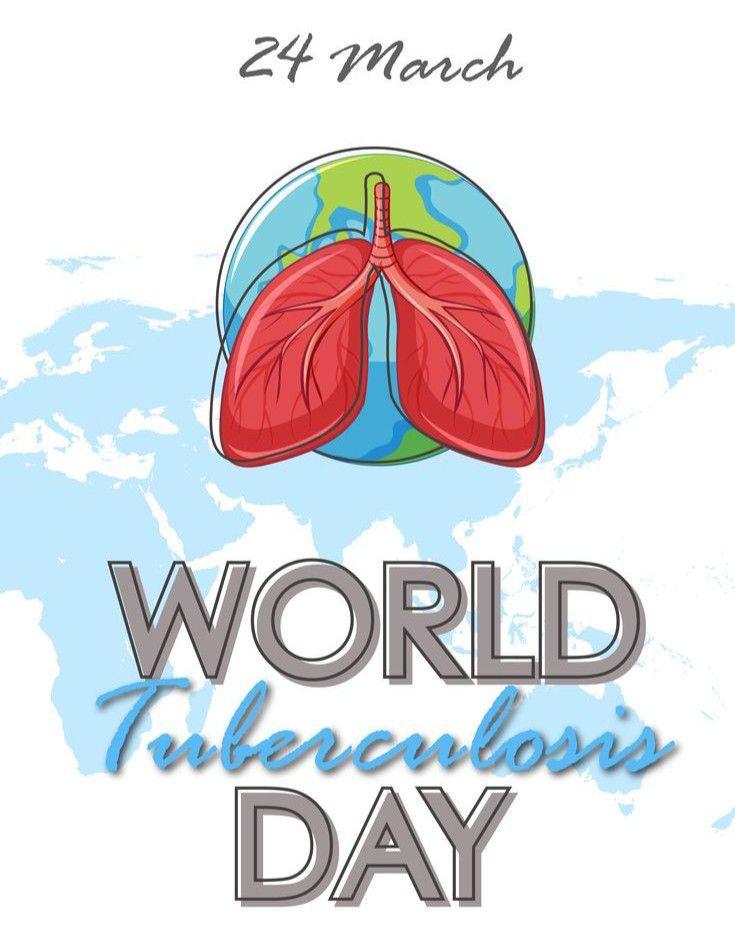
INDIA’s Strategy to Make India ‘TB Mukt’
Tuberculosis (TB) remains a global health challenge, affecting millions worldwide. In India, the burden of TB is particularly significant, with millions of cases reported annually. However, the nation has embarked on a concerted effort to combat this infectious disease, aiming to achieve its target of eliminating TB by 2025.
India's strategy to tackle TB is multifaceted, addressing various aspects of prevention, diagnosis, and treatment. The approach outlined by the National Strategic Plan (NSP) for TB Elimination focuses on several key pillars:
Enhanced Diagnosis and Treatment
Ensuring prompt and precise diagnosis is a crucial step in the fight against tuberculosis. India has increased its efforts to increase access to diagnostic equipment, such as fast molecular tests for TB diagnosis in remote locations and GeneXpert machines for detecting drug-resistant TB. Furthermore, the government has increased access to free treatment using the Revised National Tuberculosis Control Programme (RNTCP), guaranteeing that patients can obtain the required drugs without facing financial difficulties.
Specific Interventions
Understanding the various issues that exist in the nation's various regions, India has put in place focused interventions aimed at particular demographics. This includes programs aimed at addressing tuberculosis (TB) in susceptible populations, including migrant workers, slum dwellers, and HIV/AIDS patients. India's objective is to stop the spread of tuberculosis (TB) and enhance health outcomes among marginalized communities.
Community Engagement
Engagement of the community is essential to the success of TB control initiatives. India has organized volunteers and community health workers to spread knowledge about tuberculosis (TB), encourage early detection, and monitor treatment compliance. These community-based initiatives enable communities to take charge of their own health and close gaps in the delivery of healthcare.
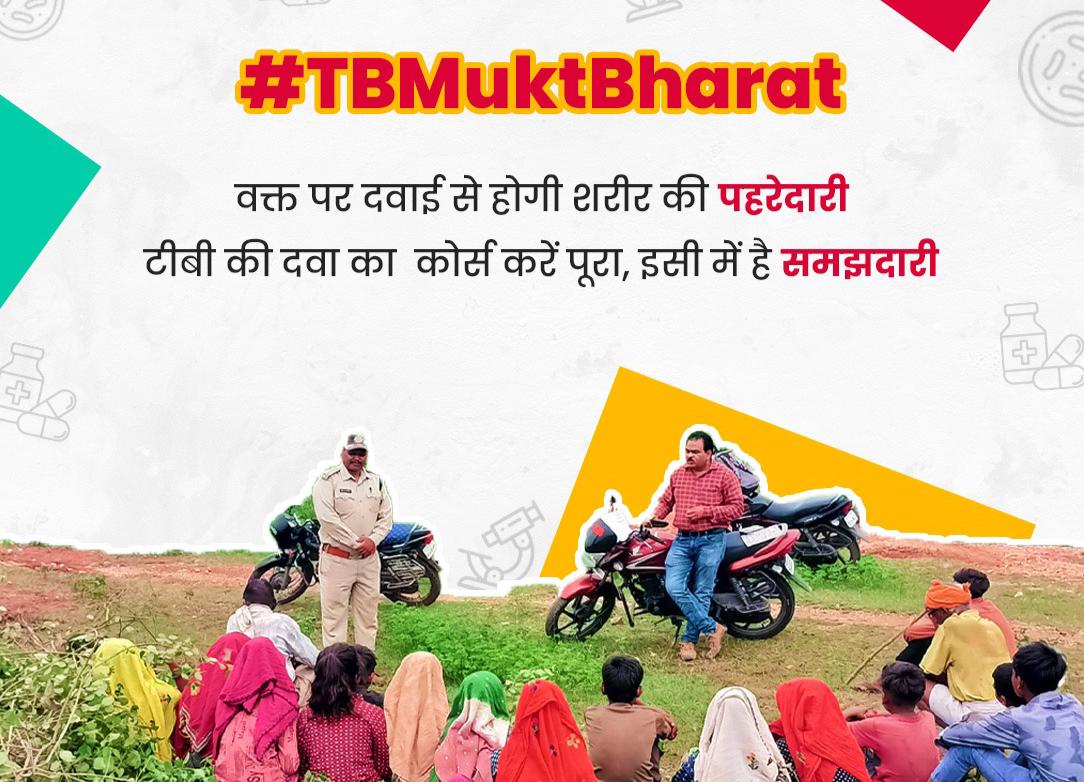
New Innovations and Technologies
Innovation must be welcomed in the fight against tuberculosis. To improve TB control efforts, India has embraced new technologies and strategies. This covers the use of digital platforms for data management and surveillance, telemedicine for remote consultations, and mobile health (mHealth) solutions for patient monitoring. India wants to increase the efficacy and efficiency of TB care delivery by utilising technology.
Collaborative Partnerships
Collaboration between a range of stakeholders, including the public and private sectors, healthcare providers, non-profit organizations, and government agencies, is necessary to eradicate tuberculosis. To pool resources, knowledge, and best practices in tuberculosis control, India has promoted collaborations with global institutions such as the World Health Organization (WHO) and the Global Fund to Fight AIDS, Tuberculosis, and Malaria.
India's pledge to eradicate tuberculosis by 2025, coinciding with World TB Day, offers hope in the global struggle against this fatal illness. India is leading the world and its citizens towards a future free of tuberculosis (TB) through the implementation of a comprehensive strategy that includes community engagement, diagnosis, treatment, and prevention.
CONCLUSION
We must step up our efforts to eradicate TB as we commemorate World TB Day under the theme "Yes! We can end TB!" Through the utilization of cutting-edge technologies, community involvement, and political resolve, we can expedite the attainment of worldwide tuberculosis targets and, in the end, realize a world free of tuberculosis by 2030.
We see that there is an incredible energy in bringing to the forefront and ensuring access to new diagnostics, new treatment and preventive regimens, new recommendations, and guidelines. We see how the voice of people affected by TB is rising higher and higher and they gain a central role in TB response in many countries. We know that we can end TB! So, let's embrace this 2023 World TB Day theme together and let things happen!
Let us reiterate our commitment to eradicating tuberculosis and guaranteeing a more equitable and healthful future for all on this World TB Day.
Photo Credits: Multiple Sources
©️ Copyright 2024. All Rights Reserved Powered by Vygr Media.

